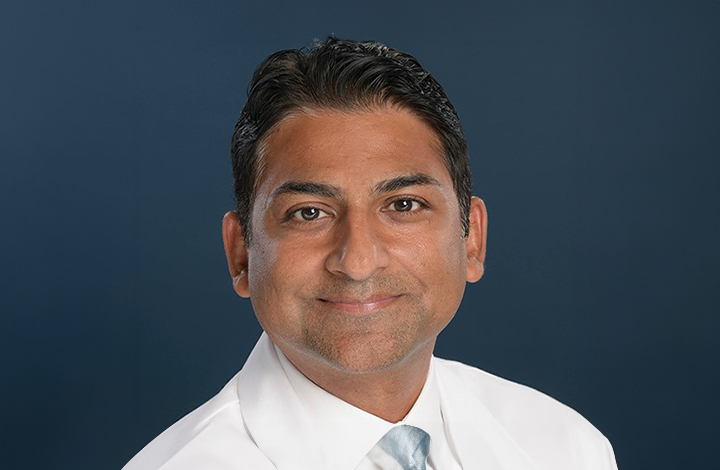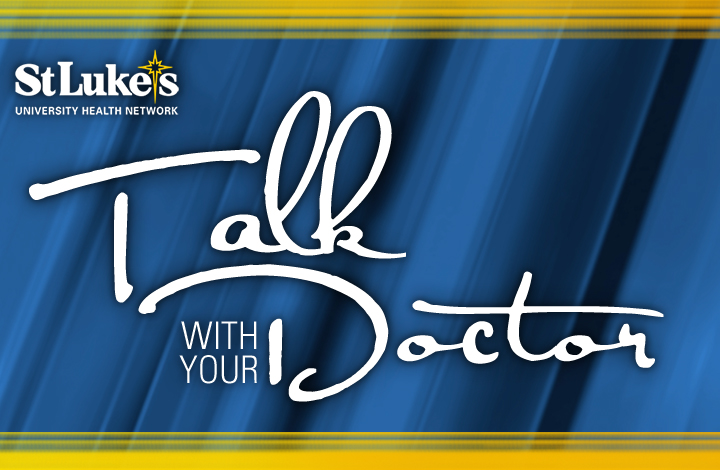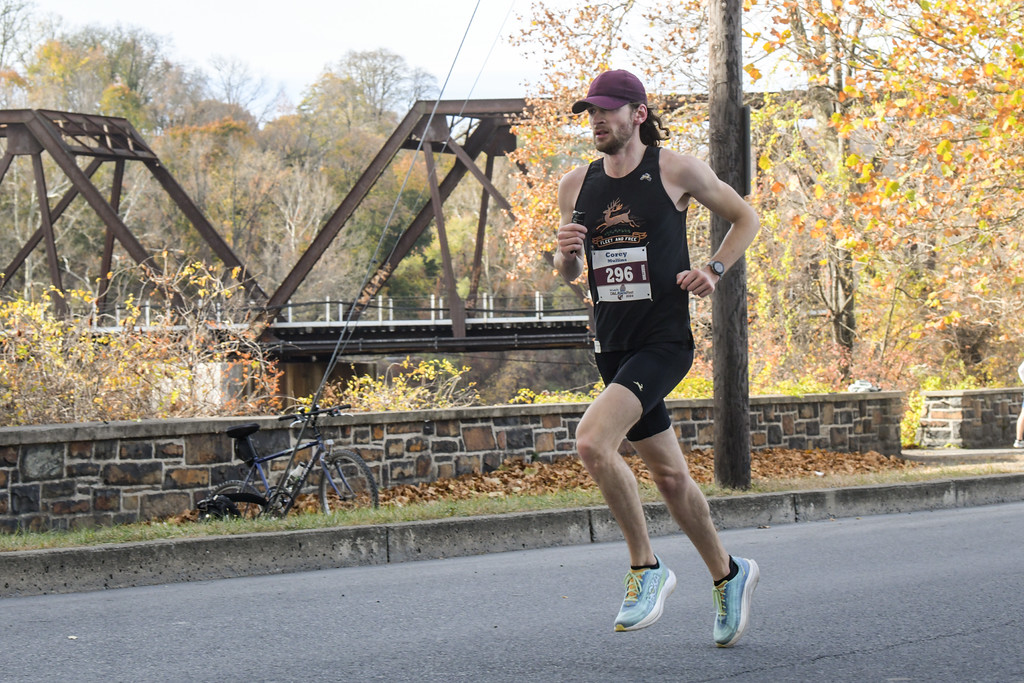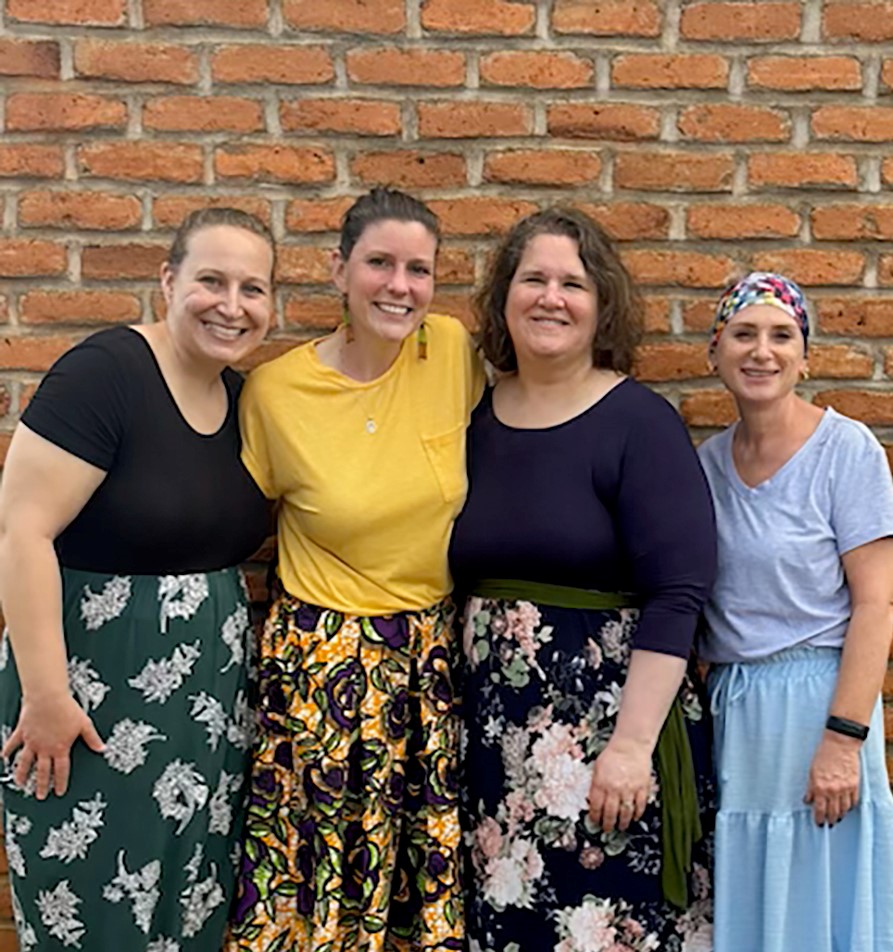Implementing a Local Solution to the National Shortage of Radiologists
May 13, 2024

Pallav Shah, MD, program director of the Diagnostic Radiology Residency
St. Luke's University Health Network has made a significant investment to address the nationwide shortage of radiologists by creating the region’s only accredited radiology residency programs to meet the greater Lehigh Valley's current and future needs for highly qualified radiologists.
"The Network is committed to education and providing health services to the community," said Pallav Shah, MD, program director of the Diagnostic Radiology Residency. The residency programs are the result of a long-term plan and investment that will ultimately bode well for the community. Our hope is that the residents will stay once they train here especially since they will learn how we do things and what we consider the best practices. We hope they will join our team and work in our community."
Four radiology positions exist for every radiology resident in the U.S., and 56% of radiologists are 55 and older, added Robert Fournier, MD, vice chair of St. Luke's Department of Radiology. Technological advances in imaging have exponentially improved the quantity, quality, clarity, detail and precision of images used to diagnose and treat patients. Health care providers rely more heavily on imaging. Consequently, demand for radiologists has outpaced supply.
"Radiology is the backbone of every medical institution because all medical services rely on us," he said. "Nearly every patient who comes into the ER gets imaging, and every procedure begins with it."
The radiology residencies include a four-year diagnostic program that provides trainees with the interpretive and non-interpretive skills needed to become competent and successful radiologists. Six applicants are accepted each year.
Additionally, St. Luke's will accept one student into its five-year Integrated Interventional/
Diagnostic Radiology Program, directed by Ellen Redstone, MD. The student will train with the diagnostic residents for three years and then receive two additional years of training in performing procedures such as biopsies, catheterizations and angiograms.
"A massive shortage of radiologists is looming," Dr. Fournier added. "We're not going to fix the national problem, but we're going to fix it here in the Lehigh Valley. We went big. Developing residencies with seven slots was a large lift. Our Network does more than 1 million exams per year. That's a large number, and you need a radiologist who specializes in a particular area to read the images."
When fully operational, the program will have 28 students enrolled. St. Luke's investment is significant. The Network enabled residency faculty members to take time away from reading and interpreting images so they could create lectures and case studies. It also invested in workspace and workstations, costing more than $25,000 each for standard stations and $80,000 each for mammography. The Network converted the former St. Luke's Anderson Campus emergency room for the radiology residency and plans to relocate it to a planned educational facility.
The groundwork for the program began several years ago with identifying faculty members and building the curriculum and lectures. In September 2022, St. Luke's applied to the Accreditation Council for Graduate Medical Education (ACGME) for certification. ACGME granted accreditation in April 2022, and Dr. Shah began interviewing students that fall. The first class, which started last July, saw 750 applicants, of which 82 were interviewed and seven accepted.
The rise of artificial intelligence (AI) contributed to the radiologist shortage. Young doctors did not enter radiology, fearing they wouldn't have a job due to AI. But that fear was unfounded, Dr. Fournier said. AI will never replace radiologists; it will only augment them.
Brian Hanrahan, MD, director of the St. Luke's Clinical Neurophysiology Fellowship and assistant director of the Neurology Residency Program, educates medical students, residents and fellows about AI resources that can help them prepare for examinations and expand their knowledge. He's evaluating the first AI iterations in medicine. They won't be related to patient care but will help doctors work more efficiently, enabling them to spend more time with patients, he said.
"Already, some institutions are taking advantage of audio-to-text, where the doctor records the patient visit, and the application creates a summation," Dr. Hanrahan said. "Preliminary studies have shown physicians can see more patients and spend an hour less doing documentation each day. They've also shown that patients have a better experience because they have more eye-to-eye contact with the physician, as opposed to the physician looking at a computer screen while writing things down."
The Radiology residencies are two of 52 accredited graduate medical education (GME) programs St. Luke's offers, and that number has increased from 22 in 2018. More than 500 residents and fellows are enrolled in St. Luke’s GME programs, and about 10,000 advanced practitioners apply each year.
James “J.P.” Orlando, EdD, Chief Graduate Medical Education Officer, St. Luke's University Health Network, said that when deciding to add a residency or fellowship, St. Luke's considers both Network and community needs. For example, a shortage of ophthalmologists (eye doctors) exists in the Lehigh Valley, so St. Luke's will be starting an ophthalmology residency soon.
"For years, we had a dearth of dermatology in the Lehigh Valley," Dr. Orlando said. "So, we started a dermatology residency, and now we have many dermatologists. They are seeing people who, if we hadn't started the residency, wouldn't have been treated as quickly, if at all."
The Lehigh Valley's first and only four-year medical school, Temple/St. Luke's, which augments the Graduate Medical Education residency and fellowship programs, ensures that the communities St. Luke's serves have enough primary and specialty physicians to meet their need, he said. About 40% of graduating medical school students continue their residency at St. Luke's. Furthermore, 45% of residents are employed by St. Luke's upon graduation. Residents work in urban, suburban and rural settings, providing diverse patient care experiences. St. Luke's hires many residents to work in its northern hospitals, providing care to previously underserved rural populations. Also, the graduate education programs improve the quality of patient services.
Dr. Fournier agreed, "A residency invigorates radiologists. Sitting next to a bright resident and having them pick your brain daily makes you a better radiologist. It keeps you on top of your game. In turn, working with experienced radiologists benefits residents. There's an art to radiology that you don't learn from a textbook. It takes a very seasoned radiologist to have mastered that art."
Latest News


April 17, 2025
SLUHN Employee Competes in Boston Marathon on Monday

April 16, 2025